All outdoor adventures begin with backpacking. Either you want to overcome a giant mountain or merely expediting in a forest, you will need some supplies to carry along with you right? Nevertheless, the volume of the provisions you require depends on the distance of the adventure. Veteran hikers know how significant it is to travel light when it comes to lengthier expeditions. Nevertheless, at the end of the day, too much load is one of the principal things that will drag you down in the course of a hike.
Ultra-light backpacking is a rather new theory. It started happening roughly in the past 20 years. Before that, most hikers would carry supplies as heavy as 70 pounds. After some time, hikers came to realize that having less weight in your backpack is a lot more efficient than carrying heavy loads.
At present, virtually all the hiking trails have campsites and stores along the way, which allows campers to get more supplies as they travel. Now, why will you decide to carry that much load on your next outdoor adventure, when you can go light and burst forth the road just like a mountain lion?
When going for adventures that may take days or weeks to complete over rocky terrain, reducing the total weight of your backpack to less than 21 lbs for holiday expeditions and less than 31 lbs for any trip longer come with some benefits.
An ultra-light load denote less sore, pains, and aches, and also makes it probable to walk in running shoes lightweight trail rather than heftier hiking boots (because one pound joined to the foot is the same as adding five pounds to your backpack). With an ultra-light backpack, you will be capable of traveling around more easily and get to where you are going quickly.
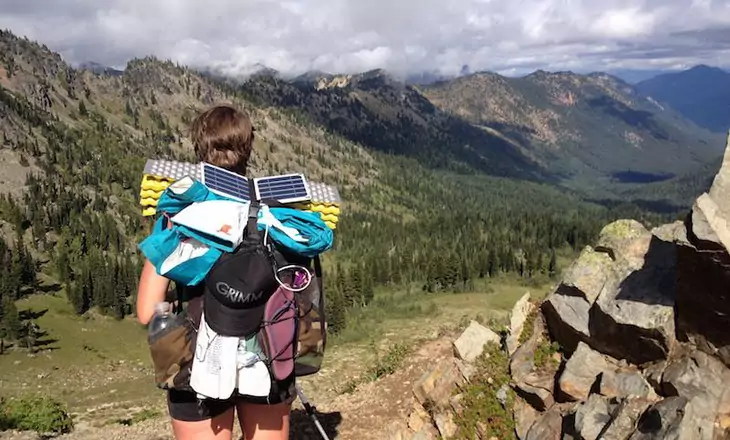
Now to the main question, how precisely do you reduce your burden? The best approach is, to begin with, the basics, what are the important things you cannot leave at home? You know your backpack is important, the shelter you plan to use, and the sleeping bed you will use to sleep.
These are what we think are the essentials, but you are free to think it over again what your important items are taking it one step further. The strategy is to stabilize your well-being in camp with the same on the trail; don’t be surprised if you get to discover that it is possible to be comfortable with a reduced amount of load.
Things to consider for an ultra-light backpacking
Backpack
According to the general beliefs of ultra-light backpackers, your bag needs to be as light as possible. So, given that you will carry fewer items, you will need a smaller container for all the elements. When you want to purchase a backpack, look for the ones that weigh around 1 pound which you can find on Amazon or other websites that sell camping items.
You should not buy a pack that increases your load weight by 3 lbs or more. You can achieve savings both by decreasing the magnitude of your backpack and by picking a bag with lightweight production (lighter materials, zippers and fewer pockets, etc.). If you are carrying loads less than 14-21 pounds, contemplate a backpack without a frame, and you will be capable of reducing your pack weight below two lbs.

But weight is not the only issue in selecting a bag. Frame Backpacks assist in distributing your cargo weight to take the burden off of your shoulders, frame packs frequently come with broader, more comfortable strips than ultralight packs without frames, and many contain ventilation functions that have been enhanced. Several people also discover a loftier backpack to be less bulky and have a superior balance than a small backpack with a full core compartment and things tied around the exterior.
That apart, some ultra-light hikers fancy walking with a reduced frameless backpack to force them to leave unimportant things at home to keep the weight of the backpack down. At that point, they use different methods like moving their packs from one shoulder to another shoulder for improved aeration and comfortability or bring loads lightweight enough (probably under 15 lbs) that the thin straps are not a problem.
Shelter
The moment you need to take your tent in your rear, particularly for longer days, your meaning of shelter is possible to vary vividly, and going with a light backpack has many benefits. If the weather conditions are dry, temperatures go up, and insects are not a problem, you can go devoid of shelter. Just tie up a hammock, or extend your bag outside. If you fancy your privacy or shelter away from the sun or some other components, a frothy tarpaulin is good in these situations. If insects are a problem, you can make a small shelter beneath the tarpaulin that makes use of your poles to hold up the shelter.

With an abundant of tents on the market now weighing 3 pounds and below, an ultra-light tent is a feasible alternative option. Ultralight tents are a tad heavier and undoubtedly more costly than simple options, but they give the most privacy and security, mostly in winter. If you later decide on a tent, it is advisable to leave the foot-mark at home since it is not important, and you will save extra weight. But, if it seems like the weather is going to be favorable, you can leave the rain fly at home too. For a review of the best ultralight tents today, see our article on this topic for added information.
Sleeping bag
Similarly to a shelter, how a sleeping bag functions, are the first thing that needs to be taken into account. It is essential to sleep in a warm bag as you need to save enough energy during hiking. Alternatively, you should not get a sleeping bag that is much warmer than needed because; warmer bags will only mean more weight to carry. All birds depend on down in order to be warm in the forest, which should be the same for you too. It is by far the warmest choice of insulation; it is one of the most compressed and also the most resilient insulation type. You can endeavor to give additional cash in just one area if needed, make sure to procure a down bag with a high fill number even if it takes paying extra because down bags are the best. Take a look at this article featuring the best down sleeping bags for more options.
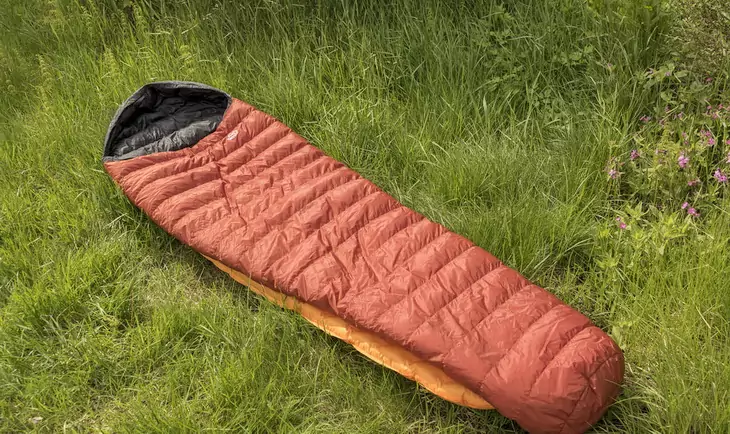
One downside of down sleeping bag is its capability to provide warmth when it is wet, because almost all down bags come with coatings on the exterior fabric which repels water, and some firms are producing the down in a way that it resists water, allowing it to stay insulated even during wet conditions. By using a down sleeping bag in place of a synthetic sleeping bag, you can save up to a pound of the load.
The down bag’s ability to compress permits you to store it into an angle of your pack, and its capability to rise back up repeatedly certifies, with appropriate maintenance, that the sleeping bag maintains its softness and warmth all through your outdoor adventure trips.
How Do You Manage Food, Fuel, And Water?
Consumables are a large factor when on an outdoor adventure and this is where most hikers go wrong. It is a fact that you cannot go hiking deprived of energy. But, it does not mean you should overstrain yourself. Most outdoor adventure and mountain destinations are well prepared these days, and you can quickly more supplies as you go. There are conventional sources you can get water on the trails and places to get some food to eat.
We have provided some tips below that will help you manage your food and water:
Water
Water is the first and most significant item on our list. You should on no occasion bring with you more than one liter of water (except you are hiking in summer). Also, make certain to drink a lot of water when you are at the springs.

But, you might need to treat the water as food, by drinking sufficiently at once and small sips all through the rest of the day.
Food
Most people like to prepare big meals when they go hiking. Nonetheless, lightweight backpackers have a preference for efficiency. Backpackers know that meals should primarily serve a purpose and not desire. Always take energy rich food when you are on a trail because you will be deprived of energy constantly. You can even eat more than necessary, but make sure you eat food that can be prepared swiftly.
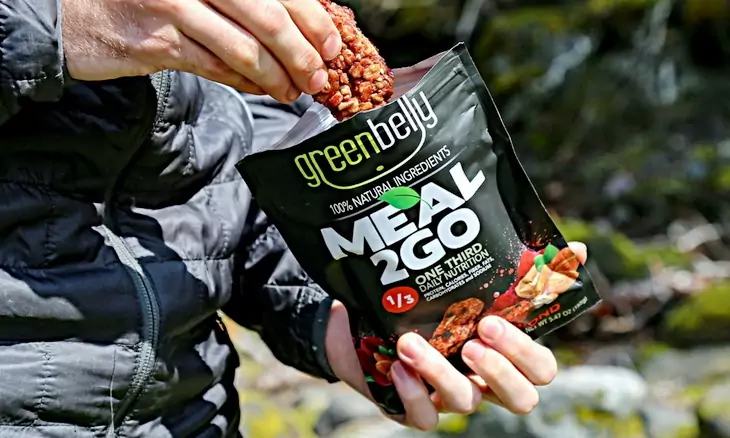
Also, you can save some extra space in your pack by drying and packing the food by yourself. Industrial packaging can be too large for the backpack.
Fuel
You will mostly use fuel for cooking. In that respect, it all rest on how much you plan to cook. Maybe the best way out is to find other hikers and cook a meal with them. This way, you can use that same fuel for cooking without wasting it pointlessly.
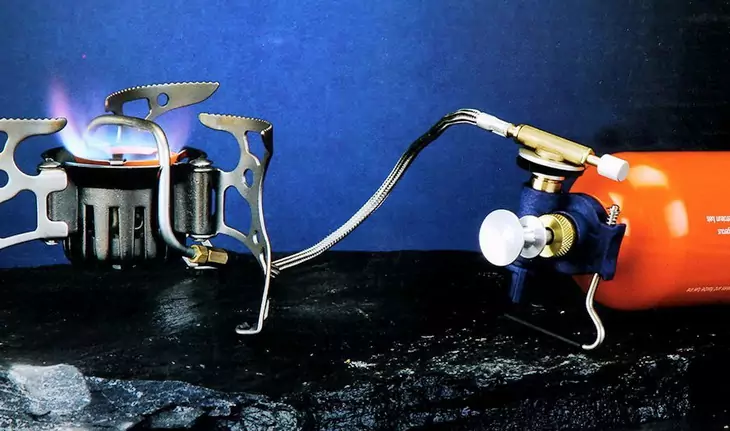
There are several other ways to be effective with your consumables. Take, for instance, some hikers create a detailed plan and place food supplies along the road. Whichever way, you will need to prepare suitably and acquire all the required information concerning natural springs and shops.
Extra Methods to Reduce the Weight of Your Backpack
There are numerous extra methods to reduce a load of your backpack, starting from coming along with food that has been dehydrated to restraining your things to the ones that have various purposes only. You can reduce the amount of water you will take with you by constantly refilling your supply every time you come across a spring (make sure to purify or filter it before use though). Check out our article of the top portable water filter to make water safe and potable to drink. Make sure to plan and prepare because they are significant; it is also essential that you are skilled in packing, carrying, and modifying your pack to be able to carry it for long and firmer.
Pack Your Things and Make Some Alterations
As you are going over the course of lessening down what things to pack in your bag, the first thing to do is load everything that you want to bring with you on your journey in the backpack; you should then attempt to carry the backpack and see how heavy it is first hand. When filling your backpack, the universal law is to move heftier objects to the center of your backpack and move them near your rear as probable. Store items in little spaces, for example, your cooking pot which is a great place to store these small items to make sure the items do not move while walking, which can affect the balance of your load.
If you notice that you need to tie too many items on the backpack exterior, you will have to work on reducing more of your load: as many objects dangling on the backpack will upset your load balance and stability. If you possess a backpack that is frameless, it is possible to enfold your sleeping pad in the pack to generate organization and protect your rear from the remaining things in the pack.

As soon as you have your bag packed, put it on and modify the hip belt. Your hips support the bulk of your bag weight, so it’s vital to get this set first. Then you can start changing the sternum, shoulder and compression straps so as to make your load sturdy for optimal balance. After your backpack is good to go, the next phase is to try out the backpack with a short trip on a local road with diverse landscapes to determine how heavy the pack is when walking. You can make adjustments to the straps as you walk if it is necessary. You can check out the list of ultralight essential backpacking gear to make your trip more comfortable and enjoyable.
You would be willing to reduce the weight of the backpack if your load seems unpleasantly hefty if you encounter any trouble writing your list before the above exercise. Also, play with the location of objects in your backpack to determine the easiest arrangement, in addition to that try diverse setting for different types of terrain. Some backpackers propose putting heftier items a little higher when you are on a smooth road to feel a bit less burdened, or lower for stability when on rough, bumpy terrain.
How Can You Fit Your Backpack?
By choosing big indispensable things intelligently to decrease the weight of the backpack, packing your backpack resourcefully, and knowing how to arrange your contents for optimum comfort, you won’t feel heavy on your feet, and you will be able to go extra miles in a smaller amount of time on outdoor adventures. The best thing, however, is to know how many ‘necessities’ you can be able to leave at home. You might be amazed—and enlightened—by what you will find out.
Ultra-light backpacking needs some know-how. If it’s your first outdoor adventure, you possibly won’t know what exactly you’re doing. But, as you learn new things, you will be able to adjust and amend your routines accordingly.
However, even if you are a novice to the camping game, that doesn’t mean you cannot lose some weight. Newbies are commonly abysmal when climbing a mountain or hiking a trail, so they frequently tend to pack heavily. They will find the above tips more useful than experienced hikers.A shortage of physical planning is prevalent amid new adventurers, which is why you will appreciate the ultra-light outdoor adventures.
For a list of the top ultralight backpacking gear, see our article pertaining to this topic and be well-informed.
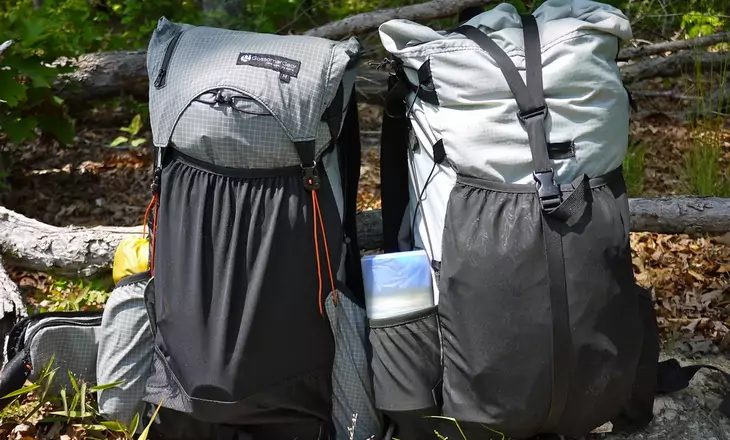
On your adventures, have you gone ultra-light before? What is/is your experience(s)? Share them in the comment’s segment below!

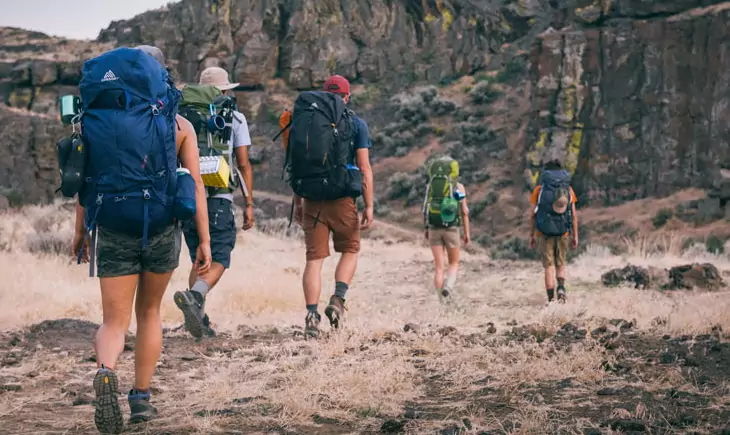
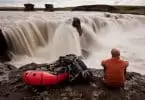
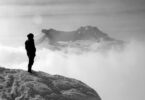

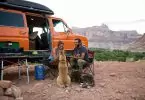


You can best reduce the weight of your backpack if you properly organize it. The tips I have provided should prove helpful.